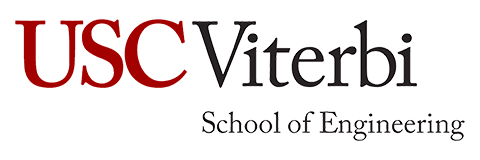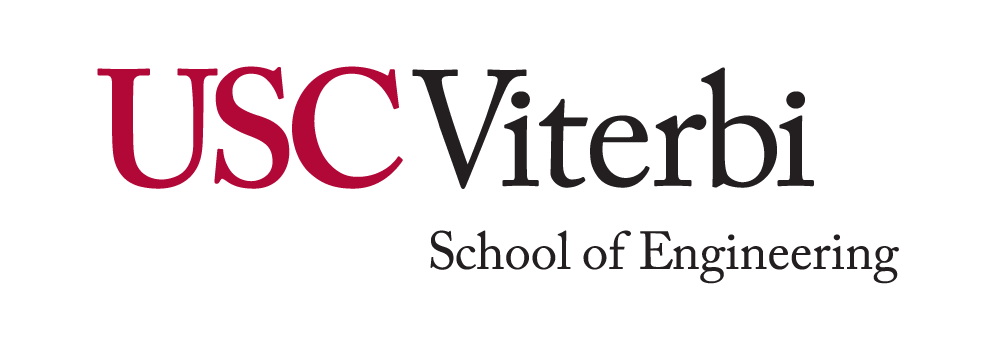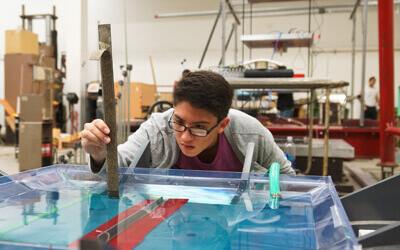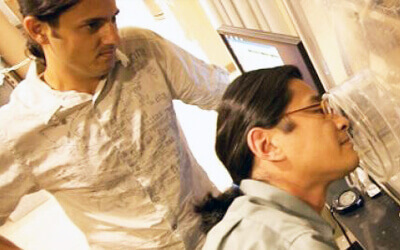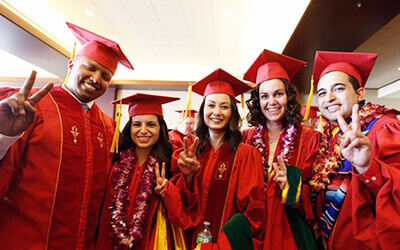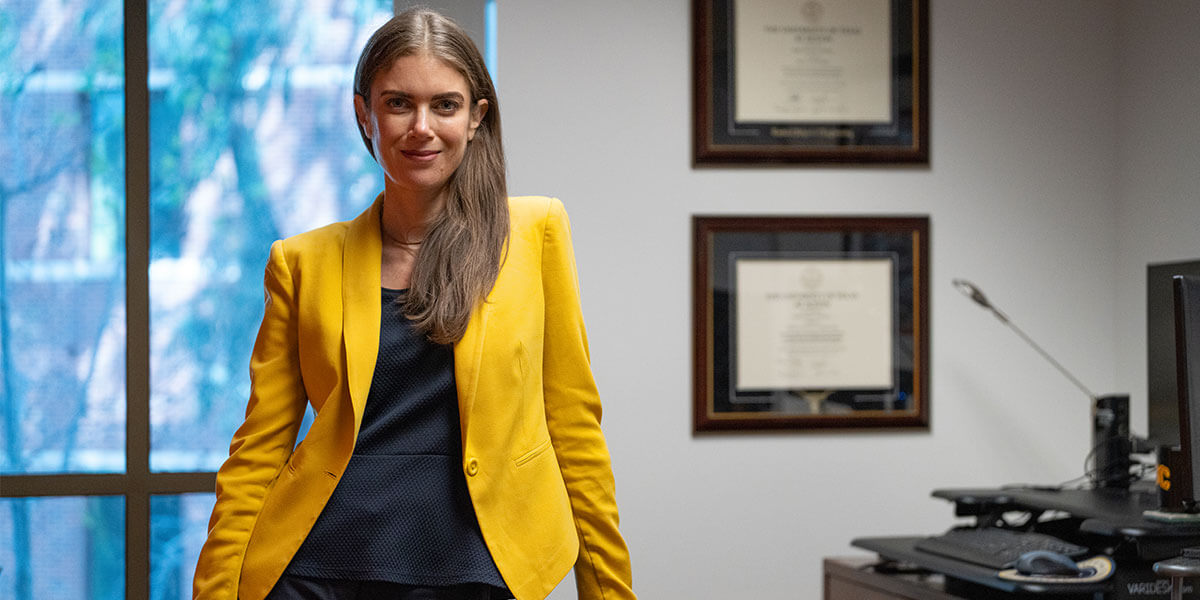
Kelly Sanders, Dr. Teh Fu Yen Early Career Chair and associate professor of civil and environmental engineering
In spring 2024, Kelly Sanders was settling into her new office in Washington D.C., embarking on a one-year appointment as assistant director for energy systems innovation within the former administration’s Office of Science and Technology Policy (OSTP).
As associate professor of civil and environmental engineering and Dr. Teh Fu Yen Early Career Chair at USC, Sanders’ research and teaching role focuses on easing the tensions between human and natural systems in the context of climate change. In particular, she seeks to reduce the environmental impacts of providing energy and water, as well as anticipating impacts upon on energy systems.
At the White House, Sanders leveraged her years of research to communicate insights for policymakers. It’s the nature of democracy for the government’s goals to adjust with new administration, but the necessity of research-informed policy remains strong. Now that she’s back on campus, we caught up with Sanders to discover what she learned at the nexus of national decision-making.
What was the scope of your work as 2024 assistant director of energy systems innovation at OSTP?
KS: I advised on energy policy and provided briefings to members of President Biden’s cabinet across a portfolio of strategic energy priorities, including:
• Leveraging artificial intelligence (AI) to accelerate the deployment of clean energy.
• Addressing anticipated load growth across the U.S., including the emerging electricity requirements of AI and data centers.
• Increasing the reliability and resilience of the U.S. power grid through grid modernization interventions.
• Accelerating the commercialization of clean, firm power generation resources, such as advanced nuclear and geothermal technologies.
• Developing decarbonization strategies for hard-to-abate industrial sectors.
What were some of your key projects and where did you direct most of your energy?
KS: I focused a great deal of effort on developing strategies to meet forecasted electricity demand, which is anticipated to increase significantly across much of the U.S. over the next few decades, after about 20 years of relatively flat load growth.
In the short term, the growth of artificial intelligence and data centers is putting pressure on many regional grids across the U.S. Meeting these emerging electricity demands is considered critically important due to AI’s implications for economic competitiveness and national security.
Given the former administration’s commitment to climate action, coupled with the decarbonization goals of many of the biggest tech companies, my team advised power grid system interventions that could help meet growing electricity demands with zero carbon power generation while simultaneously protecting the electricity rates of Americans.
What was your most valuable lesson over the last year?
KS: I learned that pushing through good policy requires having the right idea scoped and ready to go at the right political moment. While there is no shortage of brilliant people with great ideas across the policymaking space, the only ideas that have a chance to gain traction are those that also align with the national zeitgeist.
For example, my top priority for going to Washington was to speed up the pace of decarbonization and grid modernization across the U.S., so that we build clean and reliable power systems that are up to the challenge of supporting economic growth in an era of climate extremes.
During my tenure at the White House, the nation’s attention was focused on the power needs of AI data centers. In response, I leveraged that attention as an opportunity to accelerate the deployment of carbon-free energy and transmission infrastructure, which addressed the data center issue while benefiting our broader national climate goals.
What were some of the primary challenges you encountered?
KS: OSTP was a fascinating place to work because it was adjacent to the president and his cabinet. However, we didn’t have a budget to carry out policy initiatives, so much of my work was done through collaboration with the agencies, utilities and other energy stakeholders. Furthermore, the energy industry is layered with federal, state, and regional policies and regulations, so figuring out how to make impact from the federal level with limited resources was always a challenge of creativity.
What did you learn about political collaboration during your time at OSTP?
KS: Our most impactful achievements at OSTP were made when we recognized priorities beyond decarbonization alone. For example, speeding up the deployment of cheap, clean energy and transmission lines is good for climate mitigation in that it reduces greenhouse gases, while also benefitting national security by incentivizing critical industries, such as semiconductor manufacturers and data centers, to remain within the U.S.
By broadening our outlook to the cross-cutting “wins” through policies that could have an impact beyond climate mitigation, we were able to build bigger and stronger coalitions of support to push good policy through.
Overall, one of the most valuable parts of my experience at the White House was the strong collaborations I built with people across the federal government. I look forward to staying in touch and continuing to advise as I transition back into my university role.
How have you changed personally and professionally over the last year?
KS: My year in Washington has definitely impacted how I think about my role as an academic. Many policymakers are hungry for ideas and guidance on how to scope and execute strategies to address our biggest problems. At the moment, there’s not enough exchange between our academic experts who generate impactful research and those who could really benefit from research outcomes. Now that I’m back at USC, I am certainly thinking about ways that my research group can better serve the needs of our agencies as well as our elected officials. Even though there has been a change of administration, a lot of the clean technologies we worked hard to expand will be necessary to meet our future energy needs in a cost-effective way. I will continue to work towards accelerating the deployment of those solutions.
Overall, what do you consider to be your most significant contribution to OSTP?
KS: I am proud of my work advocating for the expansion of our current power grid without major capital investments. For example, we accelerated the adoption of “grid enhancing technologies,” which represent a suite of technologies leveraging a range of hardware and software, such as sensors and AI, to optimize the way that electrons travel through power lines. As a result, for a relatively small investment, these technologies could help utilities offset the need to build expensive new power plant infrastructure.
I’m also proud of my team’s work to expedite the commercialization of what we referred to as “clean firm” electricity sources. These include enhanced geothermal technologies and small modular nuclear reactors that can run 24 hours a day, 365 days per year, and emit no carbon. Clean technologies will be critical to complementing wind and solar generators. The latter sources are inexpensive, but intermittent in operation.
What did you enjoy about living in Washington, D.C.?
KS: I loved living in D.C.; it’s a beautiful city with so much history. Based on the polarized national conversation, it’s easy to be cynical about the federal government and politicians, but living and working closely alongside others across the White House was incredibly inspiring and humbling. Our civil servants work so hard to improve our daily lives, and I learned so much serving alongside them.
Published on April 17th, 2025
Last updated on April 17th, 2025
